The secret to a sustainable, Earth-friendly lawn or garden is to learn to think like your surrounding native ecosystem.
That might sound like a tall order, but it really just requires you to open your eyes and ears.
“This process of thinking like an ecosystem means simply learning from nature, trying to replicate it as best you can, and finding ways to implement those processes in our gardens at home,” says regenerative organic gardener Emily Murphy, author of Grow Now: How We Can Save Our Health, Communities, and Planet — One Garden at a Time.
Whether you have a small patch of grass, a wide, expansive yard, or even a container garden adorning your apartment, these six gardening techniques can aid the environment and help counter the climate crisis.
 1) Benefits and Alternatives to No-Mow May
1) Benefits and Alternatives to No-Mow May
No-Mow May was an initiative that began in England in 2019 to encourage people to halt mowing for a month to create habitats for pollinators. Although the idea has good intentions, most American lawns are composed of non-native grass, which doesn’t attract pollinators anyway. Allowing grass to grow to seed provides cover for invasive weeds to thrive, including dandelions, creeping Charlie, and creeping bellflower, which may, in the end, result in more use of chemical herbicides.
The initiative does have benefits, though. “It helps us to consider letting a little bit of wildness into our lives and reenvisioning a wild garden as a beautiful garden,” says Murphy. And it may inspire you to consider that your lawn could be smaller — or become a wildflower meadow or a native garden.
There are myriad ways to create a true no-mow yard. Maintaining a lawn requires water, work, and mowing, which often includes fossil fuels to run mowers. Growing native grasses or sedges is an alternative; they contribute to biodiversity, create habitat, and reduce carbon emissions from gas-powered mowing.
A sedge is a grasslike native plant, such as the genus Carex, which grows well in many regions, explains horticulturist Kelly D. Norris, author of New Naturalism: Designing and Planting a Resilient, Ecologically Vibrant Home Garden. You may still need to mow but significantly less than with turf — perhaps just “once to a couple of times a season,” Norris says.
 2) Support Pollinators With Native Plants
2) Support Pollinators With Native Plants
Pollinators are the bees, butterflies, bats, and birds that carry pollen from male to female plants to aid fertilization or spread plant seeds; without pollinators, most plants wouldn’t survive. But their survival is under threat too: “The biggest problem for pollinators is habitat loss,” explains Rhonda Fleming Hayes, Extension Master Gardener and author of Pollinator Friendly Gardening: Gardening for Bees, Butterflies, and Other Pollinators.
Creating habitats and food sources by growing native plants, shrubs, and trees is an easy way to aid and abet pollinators. Native plants are those growing naturally in the region where they evolved, forming an ecosystem with native insects and birds.
“If you see bees, birds, or butterflies congregating around certain plants, take a picture of the plant with your phone and then take that to your local nursery and ask what kind of plant it is,” suggests horticulturist Noelle Johnson, author of Dry Climate Gardening. (For more on gardening with native plants, see “How to Garden With Native Plants.”)
The cycle of growing native plants and attracting pollinators can happen as quickly as one growing season, says Murphy.
3) Add Keystone Plants
Essential to the optimal function or structure of their ecosystem, keystone plants affect the abundance and diversity of the insects that feed and pollinate an ecosystem.
An example of a common keystone plant is milkweed, which is critical for all kinds of pollinators but is especially vital to monarch butterflies, explains Murphy. Native bees are also keystone species: They are essential for propagation of local flora and can pollinate up to three times more efficiently than bumblebees.
“All keystone plants are native plants, but not all native plants are keystone plants,” she notes. “The idea behind planting keystones is that we’re supporting biodiversity and restoring biodiversity to our personal landscapes, our gardens, and cityscapes.”
Plant keystones in your garden, or if you live in an apartment or have limited space, grow them in containers.
If you have a large landscape, and oak trees are native to your area, plant one. Oaks are keystone species to certain regions. “Oak trees can support upwards of 2,300 different species among just that one tree,” Murphy says.
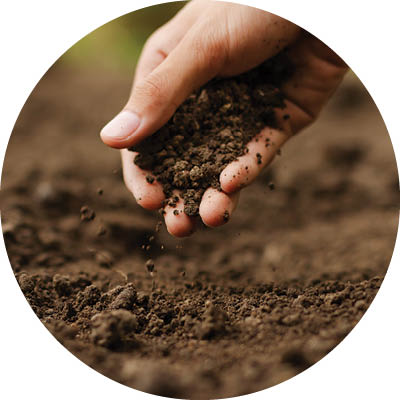 4) No-Till or No-Dig Gardening
4) No-Till or No-Dig Gardening
Tilling soil — digging deep and turning the soil over — was once the first step prior to planting. But as with our growing comprehension of human microbiomes, there’s a new understanding of the importance of fungi, bacteria, and nutrients in maintaining soil health and creating a symbiotic relationship with the plants you grow. (See “How Soil Health Is Connected to Human Health — and So Much More” for more on the major impact these microorganisms have on human nutrition and health.)
“No-till or no-dig gardening is simply the process of disturbing the soil as little as possible,” explains Murphy. No-till helps maintain soil structure and the microorganisms’ habitat; retains soil moisture; and reduces soil compaction, erosion, and amazingly, weeds.
“No-dig gardening protects the soil biome — the microbes and other life forms that call the earth under our feet home,” she says. “When we support life underground, we support life above ground, including our gardens and the visitors we hope to encourage.”
New research finds that minimally moving the soil is better for the environment too: It allows the soil to sequester carbon instead of releasing it into the atmosphere. Plus, this method doesn’t require a rototiller or the fuel to power it.
Perhaps best of all, no-till reduces weeds, since weed seeds aren’t disturbed and brought to the surface to grow. According to Murphy, “there are a thousand or more weed seeds in every square foot of land waiting for the right conditions to grow, and when we till them up toward the surface, we increase their chance for success.”
 5) Water Conservation
5) Water Conservation
Lawns and gardens require lots of water, but there are sustainability techniques that can reduce watering needs. Preparing soil with compost before planting is one of the easiest, Murphy notes. “The more organic matter held in the soil, the better opportunity our soils have for holding that moisture.”
Gardening with native plants is another. Natives need less water than lawns do — and can survive droughts better than non-natives.
Dry landscaping, also known as xeriscaping (“xeri” derives from the Greek word for “dry”), is a method that focuses on using native plants that are drought-tolerant or don’t need much water. “Xeriscaping is essentially growing a garden that is water-wise by growing plants that require very little water,” she explains.
Creating a rain garden can allow you to collect rainwater and reduce runoff and erosion — as well as prevent it from infiltrating your home’s foundation. “A rain garden is a wonderful little area where we hold on to rainwater and allow it to infiltrate the soil and water our plants,” explains Johnson. “It keeps water from flowing away too quickly — and lessens water use in the garden.”
A rain barrel is another way to save rainwater directly from the sky or as runoff from your roof and gutters — and you can store it for whenever you need water in your garden. If you live in a dry climate or want to reduce your water bill, a rain barrel can quickly pay for itself thanks to the water you save.
 6) Start Composting or Vermicomposting
6) Start Composting or Vermicomposting
Composting is the process of breaking down organic material — such as organic scraps from the kitchen, yard trimmings, and leaves — to create a nutritious addition to build soil health.
Making compost requires a mixture of carbon- and carbohydrate-rich “browns” (fall leaves, pine needles, twigs, and bark) and nitrogen- and protein-rich “greens” (produce scraps and grass clippings). Simply stir up to aid in the decomposition process. (To start composting, see “How to Start Composting.”)
Vermicomposting relies on worms to break down organic matter. Worms eat through your food scraps, digest them, and then excrete them, leaving behind a highly concentrated organic material for your plants and soil. There are plenty of premade worm bins available.
“Anyone can worm compost,” says Murphy. “It’s one of the better places to start, especially if someone is apartment living or has a small space with kids.”
This article originally appeared as “The Sustainable Yard” in the March/April 2024 issue of Experience Life.
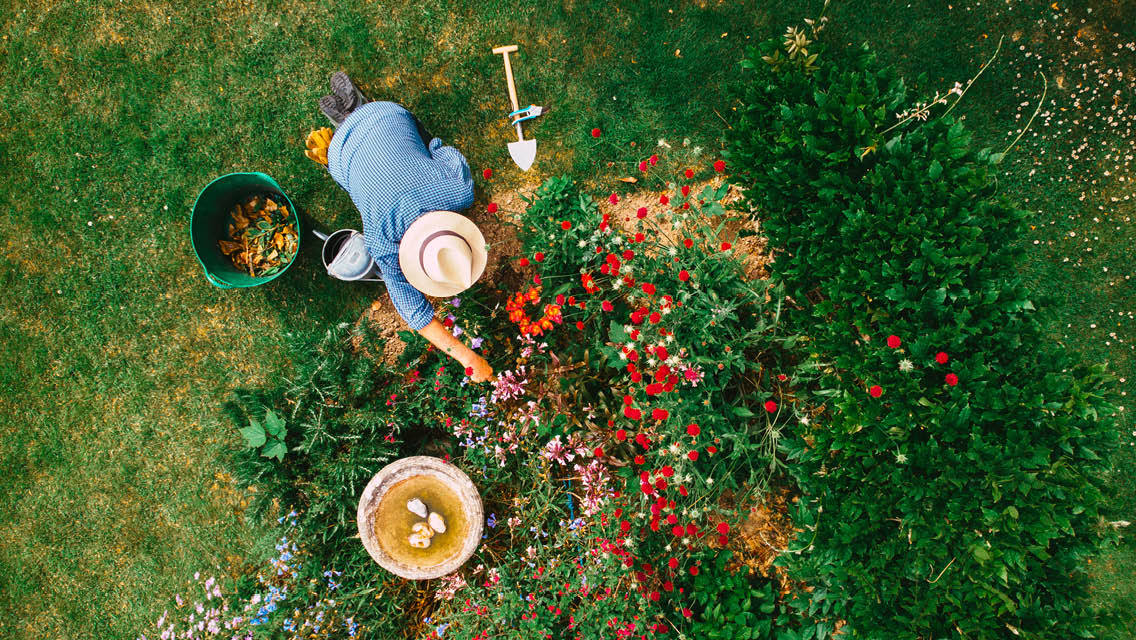
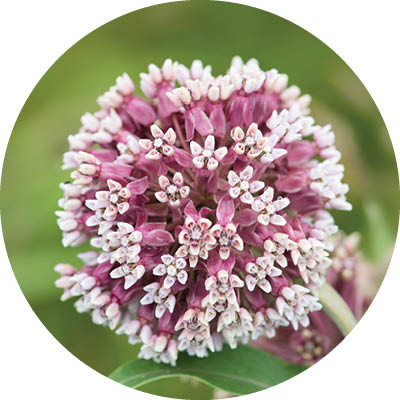


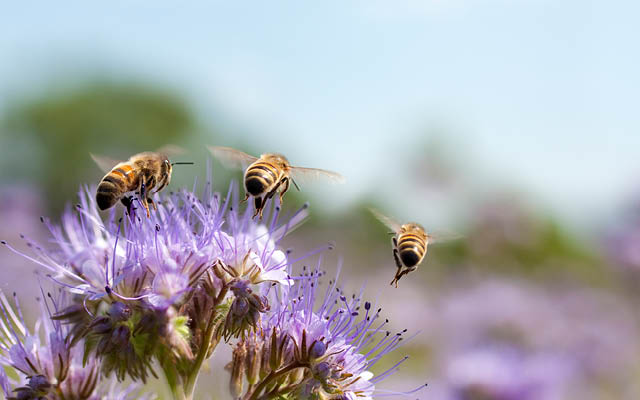
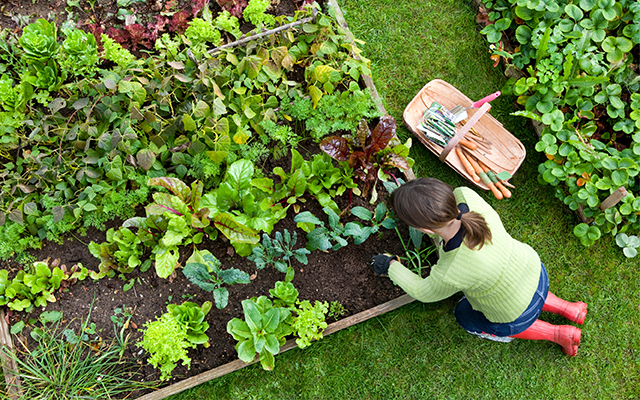
This Post Has 0 Comments